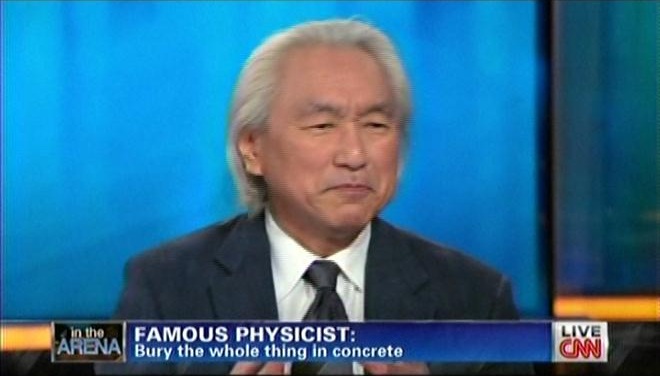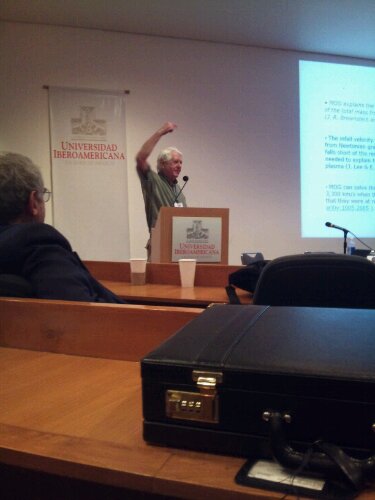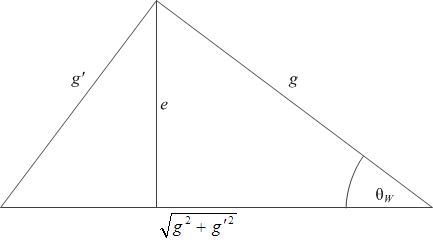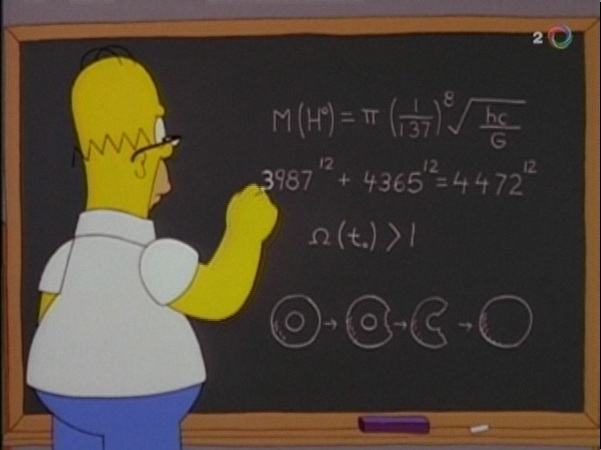Now is the time to panic! At least this was the message I got from CNN yesterday, when it announced the breaking news: an explosion occurred at a French nuclear facility.
I decided to wait for the more sobering details. I didn’t have to wait long, thanks to Nature (the science journal, not mother Nature). They kindly informed me that “[…] the facility has been in operation since 1999. It melts down lightly-irradiated scrap metal […] It also incinerates low-level waste” and, most importantly, that “The review indicates that the specific activity of the waste over a ten-year period is 200×109 Becquerels. For comparison, that’s less than a millionth the radioactivity estimated to have been released by Fukushima […]”
Just to be clear, this is not the amount of radioactivity released by the French site in this accident. This is the total amount of radioactivity processed by this site in 12 years. No radioactivity was released by the accident yesterday.
These facts did not prevent the inevitable: according to Nature, “[t]he local paper Midi Libre is already reporting that several green groups are criticizing the response to the accident.” These must be the same green groups that just won’t be content until we all climbed back up the trees and stopped farting.
Since I mentioned facts, here are two more numbers:
- Number of people killed by the Fukushima quake: ~16,000 (with a further ~4,000 missing)
- Number of people killed by the Fukushima nuclear power station meltdowns: 0
All fear nuclear power! Panic now!




